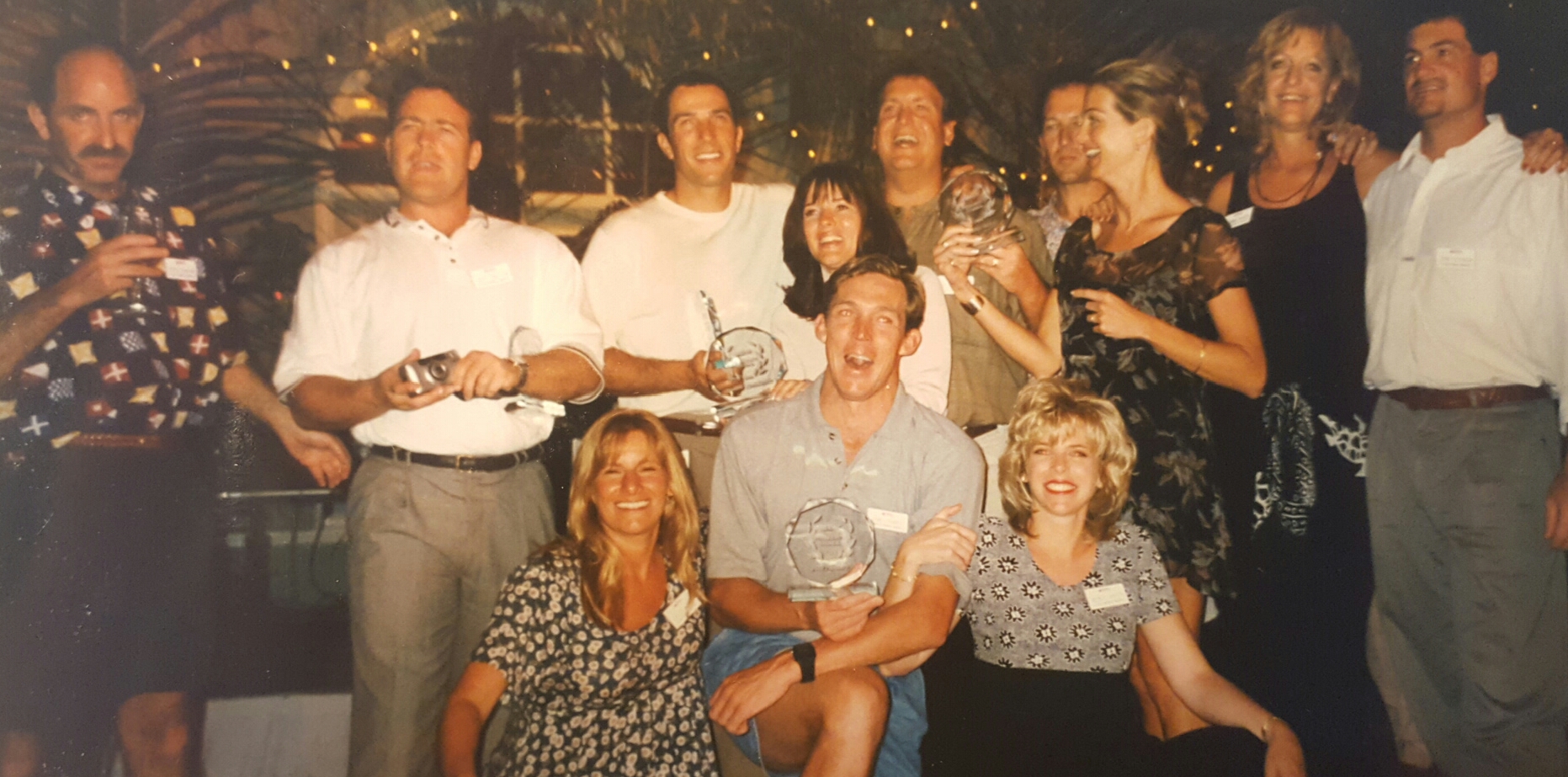

The first time I hit the Push-to-Talk (PTT) button and reached my entire team in real time—it felt like magic. No dialing. No waiting. Just click and talk. That moment hooked me. And the company behind it, Nextel, quickly became my favorite sales job ever (aside from this one).
From my graduation at San Diego State in 1987 to launching a Nextel dealership in 1998, I spent 11 years in roles that shaped how I work, lead, and think today. My time as an Account Executive at Nextel stands out for three simple reasons: Atmosphere, Technology, and People.
Atmosphere Forget “culture,” Nextel had atmosphere. The kind you could feel the second you walked in. The VP of the region John Combs trusted the GM of San Diego Chris Duggan, who trusted my Manager Sally Fleck, who trusted me. That chain of autonomy made us fast, focused, and fearless. The founders—Brian McAuley and Morgan O’Brien— were serial entrepreneurs, and their spirit ran deep in the company. I ended up working with them again later at Pacific DataVision. But perhaps the biggest spark came when Nextel opened indirect distribution, and Brian Moses brought me an opportunity. I co-founded Aadvanced Wireless, our own Nextel dealership. That hands-on experience launched my journey into entrepreneurship.
Technology We were selling the first digital voice/data combo in the country—TDMA, for those keeping score. In 1994, our first Motorola-made handset (the Lingo) looked like an old school two-way radio with rounded edges. It weighed enough to act as a self-defense tool. But the Push-to-Talk feature? Game-changing. Tech Magicians like Jack Demers kept innovating. By 1999, the units got smaller, features and functions leapfrogged ahead and you were suddenly holding a mobile computer in your hand.
People At the heart of it all: the people. Sally Fleck assembled a crew of sales pros I’m still in touch with today. John Stevenson came into sales leadership next and brought in more top-tier talent. We pushed each other. We won big. And we celebrated even bigger. Our 1997 Presidents Club trip to Jamaica? Unforgettable, mon (as seen in the attached picture). And we will be together again soon—reuniting in Long Beach this August after 30+ years.
Looking Back—and Forward Nextel didn’t just give me a paycheck—it gave me a blueprint. Empower your people. Trust their instincts. Lead with energy. I’ve carried those lessons ever since.
If you don’t enjoy what you do, it shows. Nextel was the kind of place where I wanted to show up. And that still makes all the difference.
Wendy Carter, Tracey Fryer, Mark Schechter, Zara Sclar, Jeff Dalton, Glenn Bowie, Roxanne, Lynnda Shepherd, Eric Meehan, Jack Demers, Bill Leversee, Keith Schneider, Tamara Chamberlain, Pam Wylie, Troy Parish, Marc Savas, Chantal Turenne des Pres, Shannon Skaff, Don Girskis, John Pescatore, John Zarb, Troy Knuckles, Ned Bliss, Margaret Carroll

 Every sales leader knows that recruiting and hiring high performing sales reps is a key driver for meeting and exceeding revenue goals. But bringing in top talent is not as easy as it may seem.
Every sales leader knows that recruiting and hiring high performing sales reps is a key driver for meeting and exceeding revenue goals. But bringing in top talent is not as easy as it may seem.